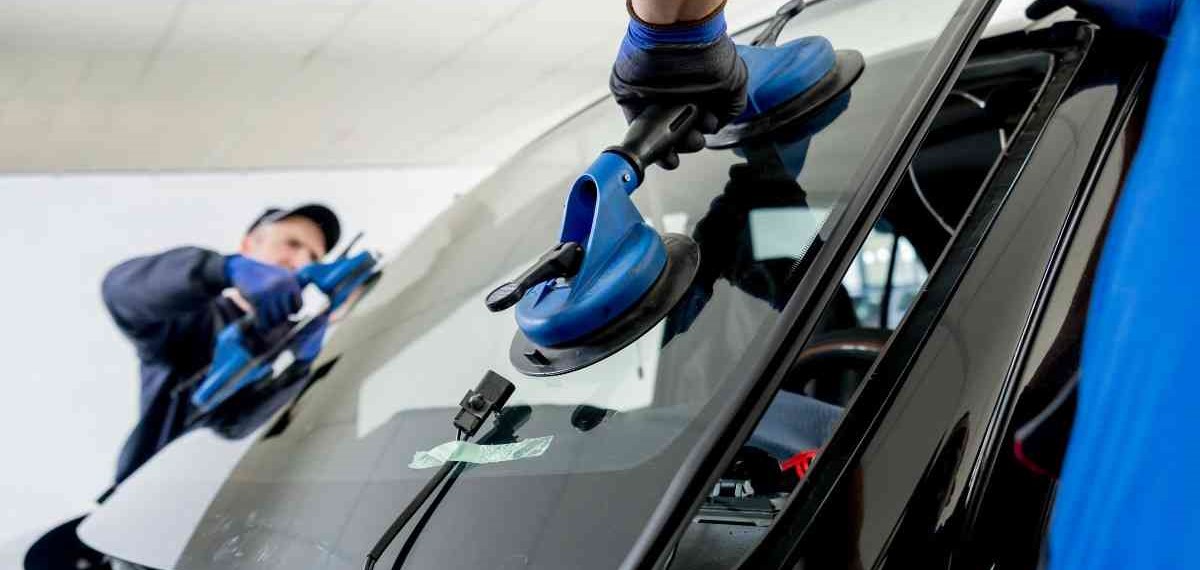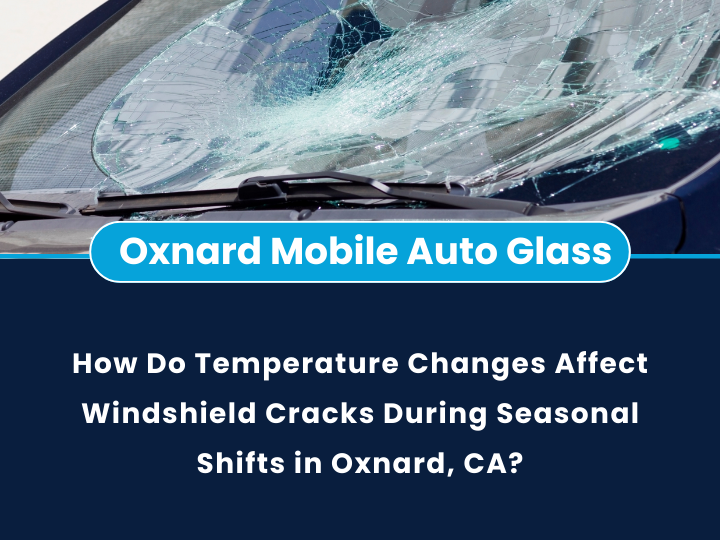

Daily 25-30 °F swings in Oxnard make windshield glass expand 0.001 in by afternoon and shrink overnight. Cyclic stress widens existing cracks 15-20 % in 24 h and draws moisture. Winter lows near 40 °F can trigger sudden edge to edge fracture. Summer sun heats exposed glass to 140 °F, compounding stress when coastal fog cools it abruptly. Oxnard’s coastal marine layer and strong afternoon sun amplify these cycles, Oxnard Mobile Auto Glass provides onsite repair before cracks spread.
+1 (805) 625-9344All glass changes size with temperature. In Oxnard, a 25–30 °F rise makes a windshield grow by about 0.001 in. When the temperature falls again, the glass shrinks just as much. This back-and-forth movement repeats each day and puts force on any weak spot.
Small cracks react quickly to stress. In a single day, the expansion and contraction cycle can make an existing crack 15–20 % longer. As the crack stretches, tiny gaps open that let air and water inside the layers of the glass. Moisture then weakens the bond between layers and helps the crack spread faster. Timely auto glass repair seals those micro fissures before they expand.
On the coldest mornings, temperatures near 40 °F can catch a weakened windshield off guard. A crack that runs across the entire width of the glass can appear suddenly. These edge-to-edge fractures often start at a small chip and then break all the way across when the glass cools too fast.
Direct sunlight can push windshield temperatures to 140 °F or higher. The outer glass layer heats up first, while the inner layer stays cooler for a time. That mismatch raises stress along any crack line. When marine fog rolls in later, the sudden cooling makes the glass contract abruptly, which can open and lengthen cracks. In severe instances, scheduling auto glass replacement prevents catastrophic failure.
Oxnard’s foggy mornings hold moisture on the glass surface. As the sun burns off fog, the windshield heats unevenly. This uneven heating and cooling cycle is harsher than in places with dry air. The combination of salt-laden fog and strong afternoon sun accelerates crack growth more than in inland areas.
1. Park in shade or under a cover when possible to reduce direct sun.
2. Avoid blasting A/C on a hot windshield: Start with low settings to let the glass warm gradually.
3. Cover small chips with clear tape to keep moisture out until repair.
4. Drive gently over rough roads and keep speed under 50 mph when you spot a crack.
1. Morning after fog lifts: Glass is cool but dry, which helps resin bond.
2. Late morning: Temperatures are moderate, making it easier to work on the windshield.
3. Avoid mid-afternoon: When glass is hottest, as resin may cure too quickly or unevenly.
Waiting even a day in Oxnard can let a crack grow significantly. Mobile repair teams come to your home or work. They bring all tools and materials needed to seal cracks and prevent further spread. Quick service keeps the crack from getting longer and stops moisture from entering.
Temperature swings in Oxnard push and pull on the windshield glass each day. That movement makes small cracks grow fast, especially when winter chills or summer heat set in. By understanding how heat, cold, and fog affect your windshield, you can take simple steps to slow damage. Prompt mobile repair keeps cracks from lengthening and protects your view of the road.